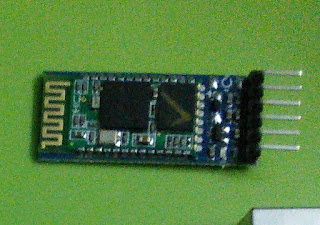Voice controlled smart home

Heyyyy all..!! again iam back with new prototype of thing which is "VOICE CONTROLLEd SMART HOME"in this post you are going to learn complete detailed description of Bluetooth module (HC-05) and also some micelinious already explained in earlier posts Things that you need are: *Arduino board *HC-05 Bluetooth module *Relays ( as many as home appliances) So our main aim is to interface the Bluetooth module to our deserved one i.e ARDUINO Here I made my own ARDUINO with atmega328p as heart also I programmed this board using another ARDUINO board which has onchip ftdi converter(USB compatible) I hope you will understand this becoz I have given a clear theory about making ARDUINO'S Interfacing of Bluetooth module with ARDUINO is very easy. Hc-05 module as total 6 terminals so out of six we are using only 3 terminals they are VCC,GND, and TX.remember there is no need of using RX pin of module because we are not receiving any data from ARDUINO. So VCC is connected t



